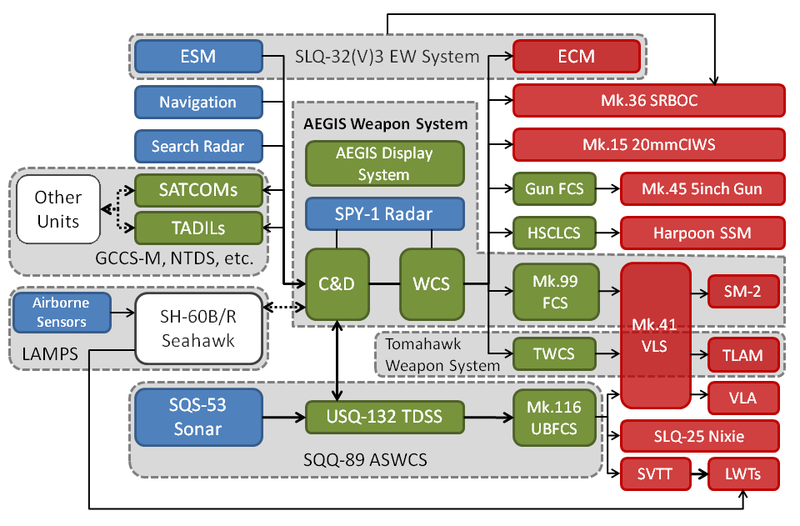Protecting the Soldier: U.S. Army Orders More Q-53 Counterfire Radars from Lockheed Martin
Lockheed Martin will manufacture additional AN/TPQ-53 counterfire radar systems for the U.S. Army under a $1.6 billion order-dependent contract. The Q-53 radar system supports troops in combat by detecting, classifying, tracking and identifying the location of enemy indirect fire in either 360- or 90-degree modes. Lockheed Martin completed the 100th Q-53 radar system for the […]
Lockheed Martin will manufacture additional AN/TPQ-53 counterfire radar systems for the U.S. Army under a $1.6 billion order-dependent contract. The Q-53 radar system supports troops in combat by detecting, classifying, tracking and identifying the location of enemy indirect fire in either 360- or 90-degree modes.
Lockheed Martin completed the 100th Q-53 radar system for the Army in January and is manufacturing multiple Q-53 radar systems per month. Since Lockheed Martin won the development contract for the Q-53 radar in 2007, the company has won five additional contracts for a total of more than 100 radar systems, 95 systems have been delivered to the Army. With this full-rate production contract award, the Army’s complement of Q-53 radar systems will total more than 170.
“The Q-53 system helps troops know what is going on around them in an increasingly complicated world,” said Rick Herodes, director of Lockheed Martin’s Q-53 radar program. “What’s so special about the Q-53 radar system is the inherent flexibility of its software controlled active electronically scanned array (AESA). Our engineers can adjust the Q-53’s software to address emerging threats. Having control in the software allows quick reaction to whatever comes next – so the first Q-53 radar system off the line could be quickly updated to be just as capable as the 170th Q-53 radar system.”
Lockheed Martin is the only company producing active electronically scanned array (AESA) radars for the Army.
Over the last 10 years new threats have emerged including unmanned aerial systems (UAS). Thanks to the flexibility of open architecture designs, simple software modifications can be made to adjust radar systems, including the Q-53 radar, to meet various missions. The U.S. Army awarded Lockheed Martin a $28 million contract in November for “quick reaction capability to add counter-unmanned aerial system to the AN/TPQ-53 radar system” simultaneous with its core counterfire mission.
The Q-53 radar can be readily adapted to provide both air surveillance and counterfire target acquisition in one tactical sensor. The radar system demonstrated its multimission radar (MMR) capability by identifying and tracking aerial systems and passing that information to a command and control node, a key capability as the battlespace rapidly becomes more crowded with emerging air threats.
The Q-53 supports counter-insurgency missions as well as high-intensity combat operations. The system is highly mobile on the battlefield; it can be set up in five minutes, taken down in two minutes and supports two-man operation.
Work on the Q-53 radars is performed at Lockheed Martin facilities in Syracuse and Owego, New York, Moorestown, New Jersey, and Clearwater, Florida.
For additional information, visit our website: www.lockheedmartin.com/us/products/tpq53.html
